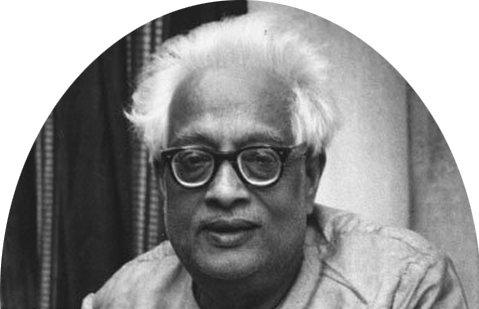
|
While no one in the western world believed Einstein's photons and Einstein did not believe the counting methods developed by Boltzmann and Planck, ( this divergence was the motivation for Einstein's photoelectric effect paper), a young professor in Dhaka university believed both the statistical methods of Boltzmann and Planck as well Einstein's hypothesis.
In 1924 Satyendra Nath Bose succeeded in proving in a paper three pages long that Planck's spectrum can be systematically derived from Einstein's hypothesis using standard methods of Statistical Mechanics.
The unusual counting used by Planck was formally introduced by Bose as an intrinsic property of photons. It required a property we now know as Quantum indistinguishability as against classical indistinguishability used in proving classical Maxwell-Boltzmann distribution.
In some sense, Bose and de Brogli were the real pioneers of the Quantum. Till date the ``wave nature'' of electrons is over-emphasized while teaching Quantum Mechanics, however ones understanding of quantum principles is only partial if the unusual statistics pioneered by Bose and Einstein for photons and by Fermi and Dirac for electrons is not emphasized.